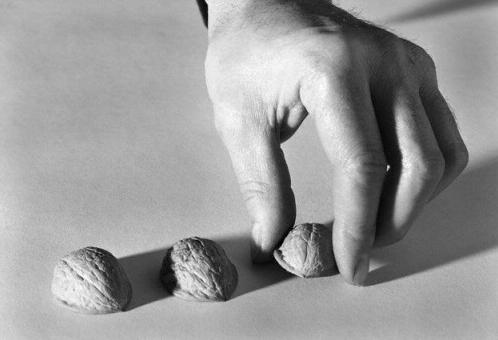 We are all familiar with the shell game. A pea is hidden under one shell (out of three), as they are moved around quickly, you guess where the pea is and win, you guess wrong – you lose! This also happens in the jewelry business, where sleight of hand can conveniently mismatch a certificate of authenticity with a stone of less value.
We are all familiar with the shell game. A pea is hidden under one shell (out of three), as they are moved around quickly, you guess where the pea is and win, you guess wrong – you lose! This also happens in the jewelry business, where sleight of hand can conveniently mismatch a certificate of authenticity with a stone of less value.
Recently, a couple went to a wholesaler on 47th street in New York's Diamond Distruct for a diamond ring purchase. They knew exactly what they wanted and had already compared prices at several shops. The couple selected a diamond and ring combination that retailed for $15,000 – the wholesaler was able to give it to them for about a third less. The wholesaler, needing some time to prepare the merchandise, suggested the couple to get some lunch, however – they never came back. Long story short, it was found that when they went downstairs they were pulled into one of the stores (on 47th street) by a hawker. The couple relayed the deal they made with the wholesaler and were offered the same pieces for $2,000 less. There’s no way a retailer could offer a lower price than a wholesaler – something was clearly wrong! A few days later, a follow up with the couple revealed that they were given a certificate for a $10,000 stone (for which they paid $7,500.) It was suggested that they go to a local jeweler with the stone and certificate to verify the match. Surprise! The stone was not the one they selected. It was switched in the store and it didn’t match what was on the certificate.
These things happen all the time, day in and day out. Intense competition breeds desperation and criminal behavior. The lesson here is as follows:
1) Diamonds are a commodity with a low markup on all ends.
2) Beware of any deals that seem too good to be true.
3) Only a gemologist is able to match a stone to a certificate.
For more information, contact our knowledgeable staff at Elie International: elieint@aol.com
Platinum
Platinum is one of the rarest metals and so it is extremely valuable. The annual worldwide production of platinum is only around 160 tons. Compare that to the approximate 1,500 tons of gold being produced worldwide per year and you can understand platinum's huge appeal. Plus, it can only be found in very few regions of the world, with South Africa leading the way. Simply put, platinum is more valuable than gold and more expensive too.
Platinum has grown increasingly popular in recent years due to its great beauty and durability. Its rich color and sheen makes platinum a popular choice for settings, because the sparkle and brilliance of a diamond are greatly magnified on a platinum setting. While all metals scratch, when platinum is scratched, the metal is merely displaced.
One of platinum's greatest assets is that it is very strong and can withstand a lot of stress - more so than any other precious metal. No matter what fine gemstone or diamond you choose as a center jewel, color is one of the primary determiners of the rarity and therefore the cost. Diamonds with little or no color are typically most desirable. Consequently, the optimal setting is a white metal that won't reflect color into the stone. Platinum is a naturally pure white metal that will keep its brilliant white luster. All gold is naturally yellow metal. White gold is mixed with other alloys to make it look white, and over time it will lose its whiter shade and begin to yellow. In order to maintain its white look, it may need to be re-plated during its lifetime.
Caring for Platinum Jewelry
If platinum is worn daily, it may develop a slight sheen. Although most people prefer this look, you can always have a jeweler polish and restore it to its original shine. Soaking platinum jewelry in a mild solution of soap and warm water and gently scrubbing it with a soft-bristled brush is pretty much all that is needed to keep the metal looking good. To keep your jewelry shining and scratch-free, store them in their original boxes, soft cloth bags, or a fabric-lined jewelry box.


